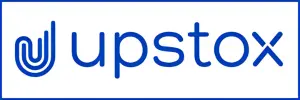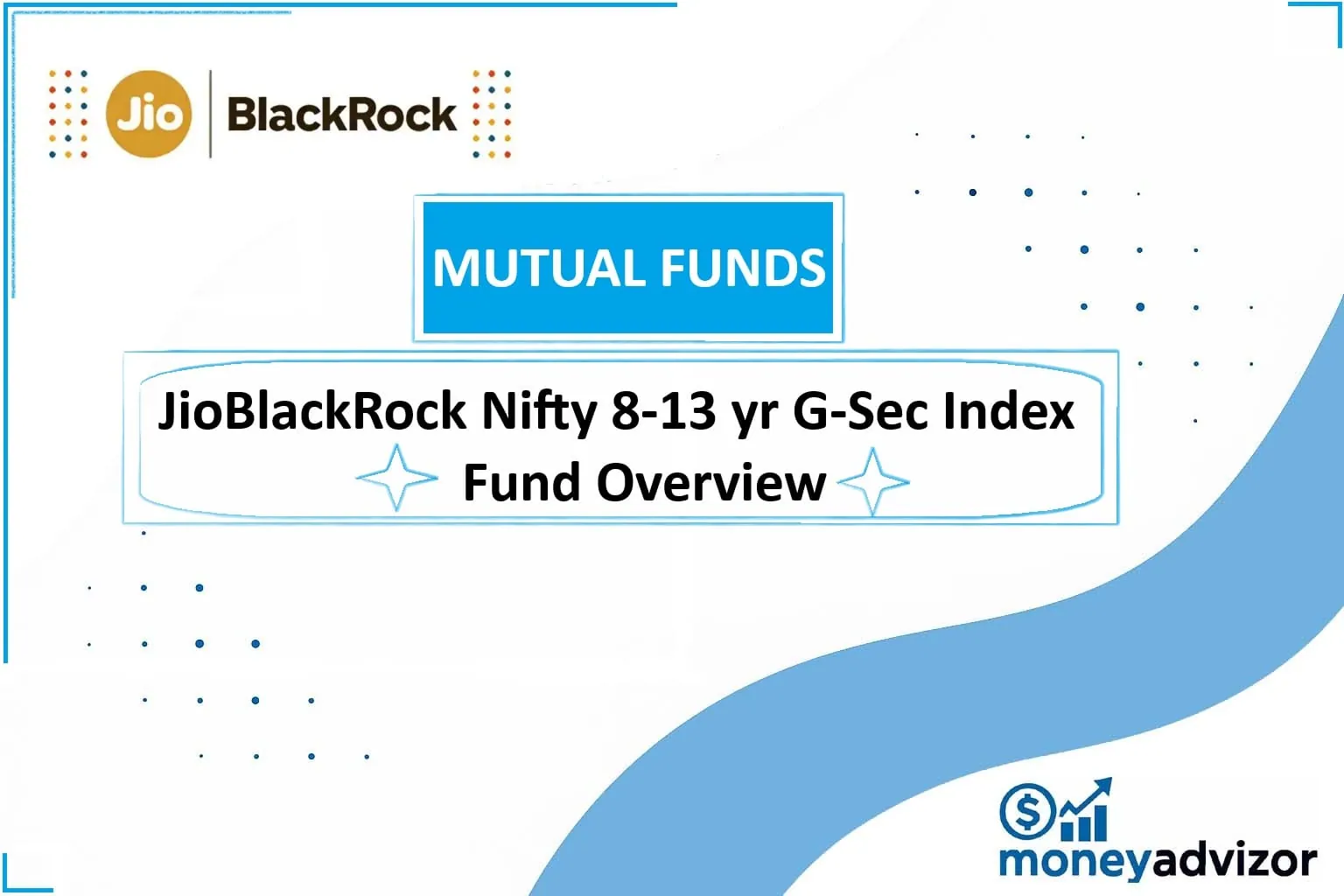India’s fixed-income landscape offers a spectrum of opportunities, and index funds tracking government securities (G-Secs) have emerged as compelling options for investors seeking predictable returns with high credit quality. Enter the JioBlackRock Nifty 8-13 yr G-Sec Index Fund, a strategic collaboration between financial powerhouse BlackRock and India’s telecom giant Reliance Jio. This open-ended passive fund aims to replicate the performance of a specific segment of the sovereign bond market, providing a unique blend of safety, transparency, and potential for steady income. Let’s explore why this fund deserves a place on your investment radar.
Understanding the Core: The Nifty 8-13 yr G-Sec Index
The fund’s heartbeat is the Nifty 8-13 yr G-Sec Index, meticulously crafted by NSE Indices Limited. This isn’t just any bond index; it’s designed for liquidity and replicability:
- Focus on Liquidity: It comprises the top 3 most liquid Government of India bonds (by traded value) with residual maturities strictly between 8 and 13 years.
- Significant Issuance: Each bond must have an outstanding issuance exceeding ₹5,000 crores, ensuring market depth.
- Smart Weighting: Weights are assigned using a 40:60 ratio of traded value to outstanding amount, balancing market activity and issue size.
- Dynamic Rebalancing: The index is reviewed and reconstituted monthly to reflect current market realities. Bonds falling below 8 years maturity or failing liquidity criteria are replaced.
- Total Return Focus: The index measures price changes plus accrued interest (using a 30/360 day count convention), providing a comprehensive picture of performance.
Essentially, this index captures the performance of the most actively traded, medium-to-long-term Indian government bonds – the bedrock of safety in the Indian debt market.
Important Scheme Documents: Mutual Fund Draft at SEBI
The Fund’s Mission: Passive Precision
The JioBlackRock Nifty 8-13 yr G-Sec Index Fund is a pure passive investment vehicle. Its mandate is clear:
- Objective: Generate returns commensurate with the performance of the Nifty 8-13 yr G-Sec Index, subject to tracking errors.
- Strategy: Invest at least 95% (and up to 100%) of its net assets in the securities comprising the underlying index, mirroring their weights as closely as possible.
- Approach: “Buy and Hold” the index constituents, minimizing active management decisions. The fund manager’s primary role is replication and minimizing deviation.
For More Information & Complete Guide: Check How to invest in JioBlackRock Mutual Fund Simple Guide
Why Consider This Fund? Key Advantages
- Sovereign Credit Safety: G-Secs are backed by the Government of India, meaning the fund carries minimal credit risk (Class A). Your principal faces negligible risk of default. This is a cornerstone advantage, especially in volatile markets.
- Transparency & Predictability: As an index fund, its portfolio is a near mirror of a publicly known index. You know exactly what you own – the top liquid government bonds within the 8-13 year maturity bucket.
- Cost Efficiency: Passive funds inherently have lower expense ratios than actively managed funds. While the exact TER for this new fund isn’t available yet, it’s structured for efficiency. It offers only a Direct Plan, eliminating distributor commissions from the get-go, further enhancing returns for investors. The estimated maximum TER is 1.00% p.a. (plus GST on management fees), but the Direct Plan structure suggests it will be competitive.
- Focus on Specific Duration: By targeting the 8-13 year maturity segment, the fund offers exposure to a specific point on the yield curve. This segment typically offers higher yields than shorter-term bonds but carries more interest rate sensitivity (discussed below).
- Liquidity: Being open-ended, investors can enter or exit the fund on any business day at the prevailing Net Asset Value (NAV). Redemption proceeds are typically dispatched within 3 business days.
- Low Entry Barrier: With a minimum investment of just ₹500 (lump sum or per SIP installment), the fund is accessible to a wide range of investors.
- Systematic Investment Options: The fund supports Systematic Investment Plans (SIP), Systematic Transfer Plans (STP – ongoing basis only), and Systematic Withdrawal Plans (SWP – ongoing basis only), facilitating disciplined investing and income generation.
Navigating the Risks: Understanding the “Moderate” Risk-o-meter
While credit risk is low, the fund carries relatively high interest rate risk (Class III), leading to an overall “Moderate” risk rating. Here’s why:
- Interest Rate Risk (Duration Risk): This is the primary risk. Bond prices move inversely to interest rates. Bonds with longer maturities (like the 8-13 year segment) are significantly more sensitive to interest rate changes than shorter-term bonds. If interest rates rise, the NAV of the fund will likely fall, and vice-versa. Investors need a medium-to-long-term horizon to ride out potential rate volatility.
- Tracking Error/Tracking Difference Risk: The fund’s returns won’t perfectly match the index due to factors like:
- Fund expenses (management fees, operational costs).
- Cash holdings (from inflows/outflows, dividends).
- Timing delays in buying/selling securities during index rebalancing.
- Inability to buy fractional bonds (rounding differences).
- Corporate actions. The AMC targets an annualized tracking difference below 1.25%. If it exceeds this, corrective actions are taken and reported to trustees.
- Liquidity Risk: While the underlying bonds are among the most liquid in India, extreme market stress could impact trading volumes and the bid-ask spread, potentially making it harder to execute large trades at desired prices instantly.
- Reinvestment Risk: When coupon payments or maturing bonds (within the index) are reinvested, they might be reinvested at lower prevailing interest rates.
- Passive Strategy Risk: The fund won’t avoid bonds even if the manager believes they are overvalued or the market is declining. It strictly follows the index.
Suitability: Who Should Invest?
This fund is ideal for investors who:
- Seek capital preservation with high credit quality (sovereign backing).
- Have a medium to long-term investment horizon (5+ years) to absorb interest rate fluctuations.
- Desire predictable, transparent exposure to a specific segment of the Indian government bond market.
- Prefer lower-cost, passive investment strategies.
- Understand and are comfortable with moderate risk (primarily driven by interest rates).
- Want to diversify their portfolio beyond equities and shorter-term debt.
- Are looking for a core fixed-income holding.
Practical Details: Getting Started
- New Fund Offer (NFO): The NFO dates will be announced separately but will be open for a minimum of 3 and a maximum of 15 calendar days. Keep an eye on the AMC website (
www.jioblackrockamc.com/disclosure) for updates. - Plans & Options: Currently, the fund offers only a Direct Plan with a Growth Option. Dividend/IDCW options may be introduced later.
- Minimum Investment: ₹500 (lump sum, SIP, switch-in).
- Exit Load: Nil. Investors can redeem without penalty.
- Fund Managers: Managed by an experienced trio: Mr. Vikrant Mehta (30 yrs exp), Mr. Siddharth Deb (19 yrs exp), and Mr. Arun Ramachandran (19 yrs exp), leveraging JioBlackRock’s fixed-income expertise.
- How to Invest: Applications can be submitted physically at Official Points of Acceptance (OPAs), or electronically via the AMC website/mobile app, CAMS, BSE StAR MF, NSE NMF II, MF Utilities (MFU), or MFCentral. ASBA is available during the NFO for Demat applications.
JioBlackRock vs. The Alternatives
- Active G-Sec Funds: Active managers aim to outperform the index by selecting bonds and timing interest rates. They offer potential for higher returns but come with higher costs, manager risk, and the possibility of underperformance. This passive fund offers lower cost and index-like returns.
- Shorter Duration G-Sec Funds/ETFs: Funds tracking shorter maturity indices (e.g., 1-4 years, 3-5 years) offer lower interest rate risk but also lower potential yields. The 8-13 yr fund targets higher yield potential but with higher volatility.
- Corporate Bond Funds: These offer potentially higher yields but carry significantly higher credit risk (risk of issuer default). The G-Sec fund prioritizes sovereign safety.
- Bank FDs: Offer capital protection and fixed returns but lack mark-to-market liquidity and potential capital appreciation if rates fall. Returns are typically lower than longer-duration bonds over time. Lack transparency compared to listed bond funds.
Taxation
Returns from the Growth Option are treated as capital gains:
- Short-Term Capital Gains (STCG): If units are sold within 3 years of purchase, gains are added to your income and taxed as per your slab rate.
- Long-Term Capital Gains (LTCG): If units are held for more than 3 years, gains are taxed at 20% with indexation benefits. Indexation adjusts the purchase price for inflation, significantly reducing the taxable gain.
(Note: Tax laws are subject to change. Consult a tax advisor for current implications.)
The JioBlackRock Edge
The partnership combines BlackRock’s unparalleled global passive investment expertise and risk management prowess with Jio’s deep understanding of the Indian market and vast distribution reach. This synergy promises robust fund management infrastructure and efficient operations, crucial for minimizing tracking error in a passive strategy.
Conclusion: A Strategic Pillar for Fixed Income Allocation
The JioBlackRock Nifty 8-13 yr G-Sec Index Fund presents a compelling proposition for investors seeking a core fixed-income allocation built on the safety of sovereign bonds. Its passive approach ensures transparency and low costs, while the specific 8-13 year maturity focus offers a balance between yield potential and duration risk. While sensitive to interest rate movements, it provides a valuable tool for diversification and long-term wealth building within the “Moderate” risk spectrum.
Before Investing:
- Align with Goals & Horizon: Ensure this fund’s risk profile (especially interest rate sensitivity) and investment strategy match your financial objectives and time horizon (ideally 5+ years).
- Understand Risks: Be comfortable with the “Moderate” risk, primarily driven by interest rate fluctuations impacting NAV.
- Consult an Advisor: Discuss how this fund fits into your overall asset allocation with a SEBI-registered financial advisor.
- Review SID & SAI: Carefully read the Scheme Information Document (SID) and Statement of Additional Information (SAI) available on the AMC website for exhaustive details, terms, conditions, and risks.
The JioBlackRock Nifty 8-13 yr G-Sec Index Fund isn’t about chasing the highest returns; it’s about harnessing the stability and predictable income potential of India’s sovereign debt market through a disciplined, low-cost, and transparent passive vehicle. For investors with the appropriate risk tolerance and horizon, it represents a sophisticated building block for a resilient portfolio.




